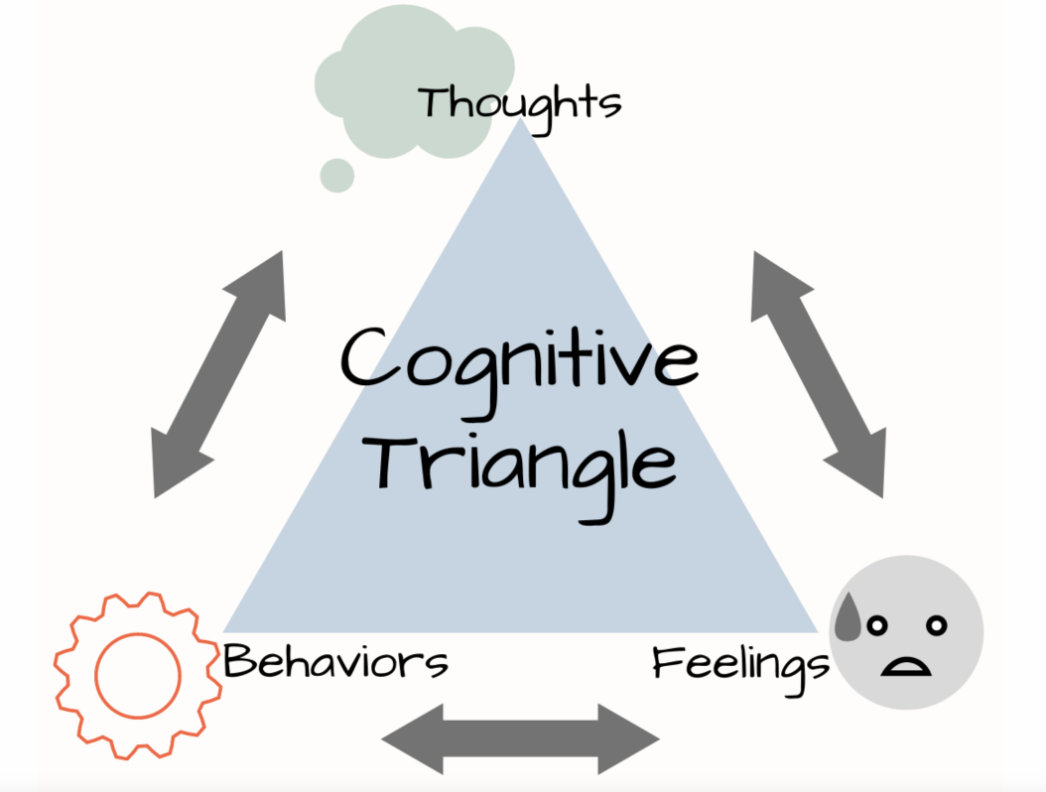Problem-Solving Obstacles

Often our goal is to change how we are feeling—to feel less stressed, less down or irritable, or to experience less pain. This can be accomplished through changing what you do in a situation (behaviors) or changing how you think about a situation (thoughts). You have been practicing changing your behaviors with S.M.A.R.T. goals and Activity Exposures. Now you are going to focus on how to change your beliefs or thoughts that might come up when you are in pain, or when you run into an obstacle or barrier.
The bottom line: what you say to yourself about an event can influence how you feel—changing your thoughts can change how you feel.
Below is an example to get you started:
Obstacle: You wake up after a rough night of sleep, your pain is high, and you have a big test today. You just want to stay home.
Negative Thought: There is no way I will get through the school day. I put so much time into studying but now I will probably fail.
Questions to ask when using thought-challenging problem-solving skills:
Is there another way to look at this situation?
Is there another reason this would happen?
What is the worst that can happen?
What is the best that can happen?
What is most likely to happen?
What is my Plan of Attack?
Maybe I can go to school late, or only go for my test
I didn’t sleep well because I was worried about my test
I will fail my test, and maybe even fail the course
I will get a good grade
I studied hard, so even though I am tired and in pain, I am likely to pass
Get out of bed, eat breakfast and then see how I am feeling
Now it’s your turn to practice. Come up with 2 potential obstacles you might encounter in the weeks or months ahead. Identify negative thought(s) associated with the obstacle, and problem-solve the thought using the examples above.
Now challenge the thoughts!
Now challenge the thoughts!
That’s all for today! Great work


